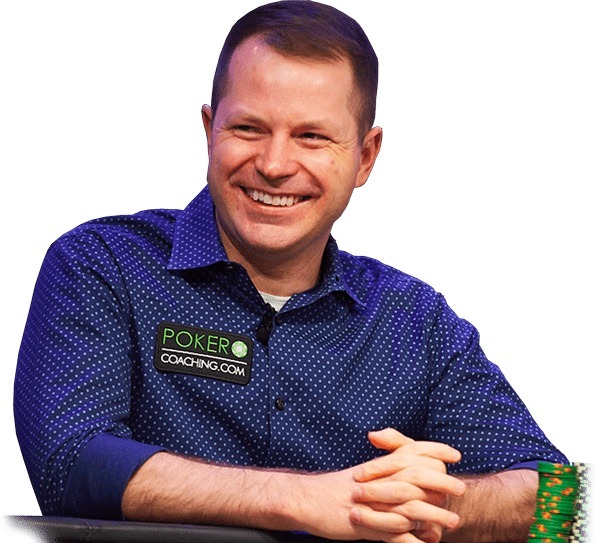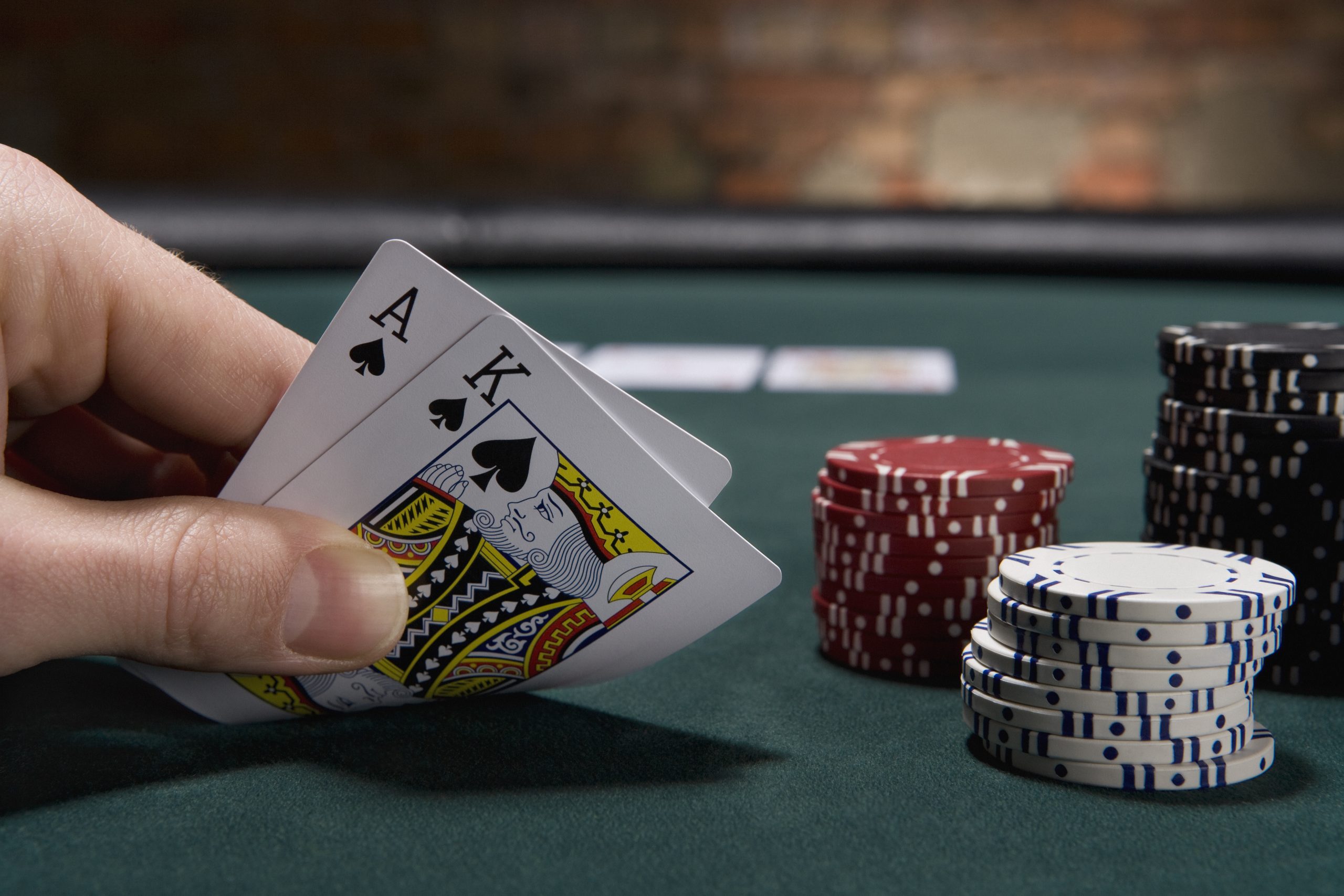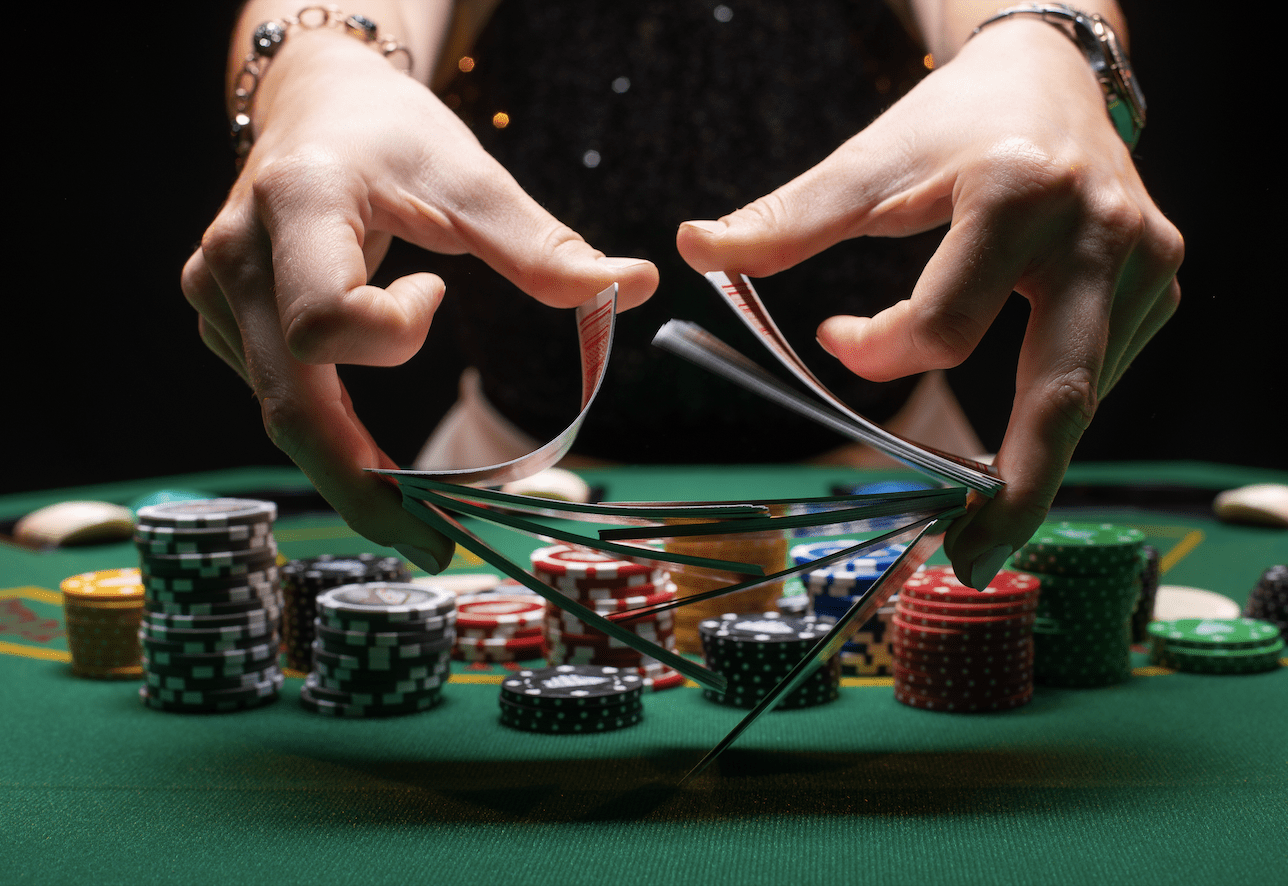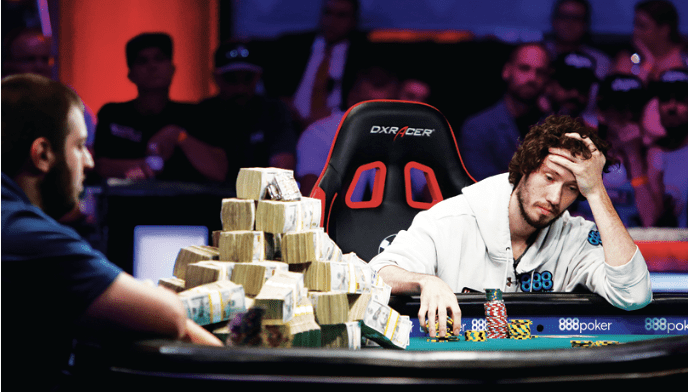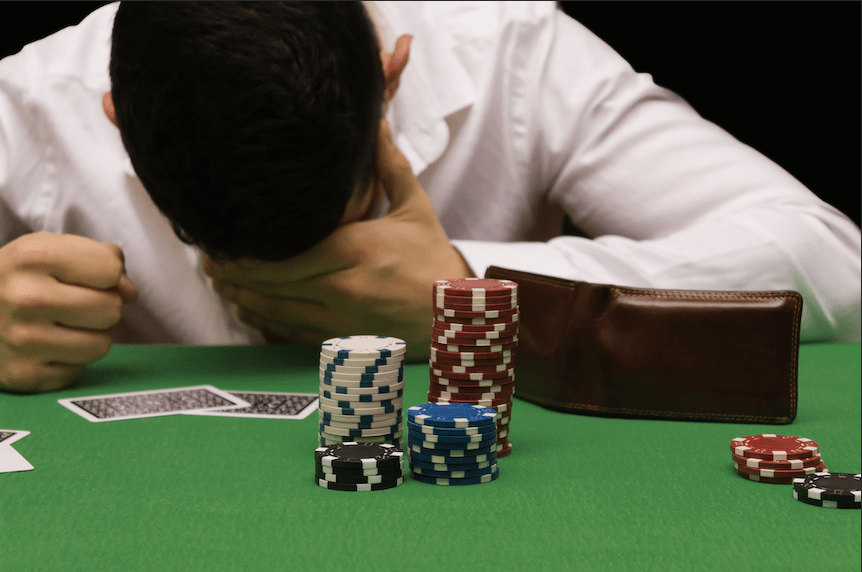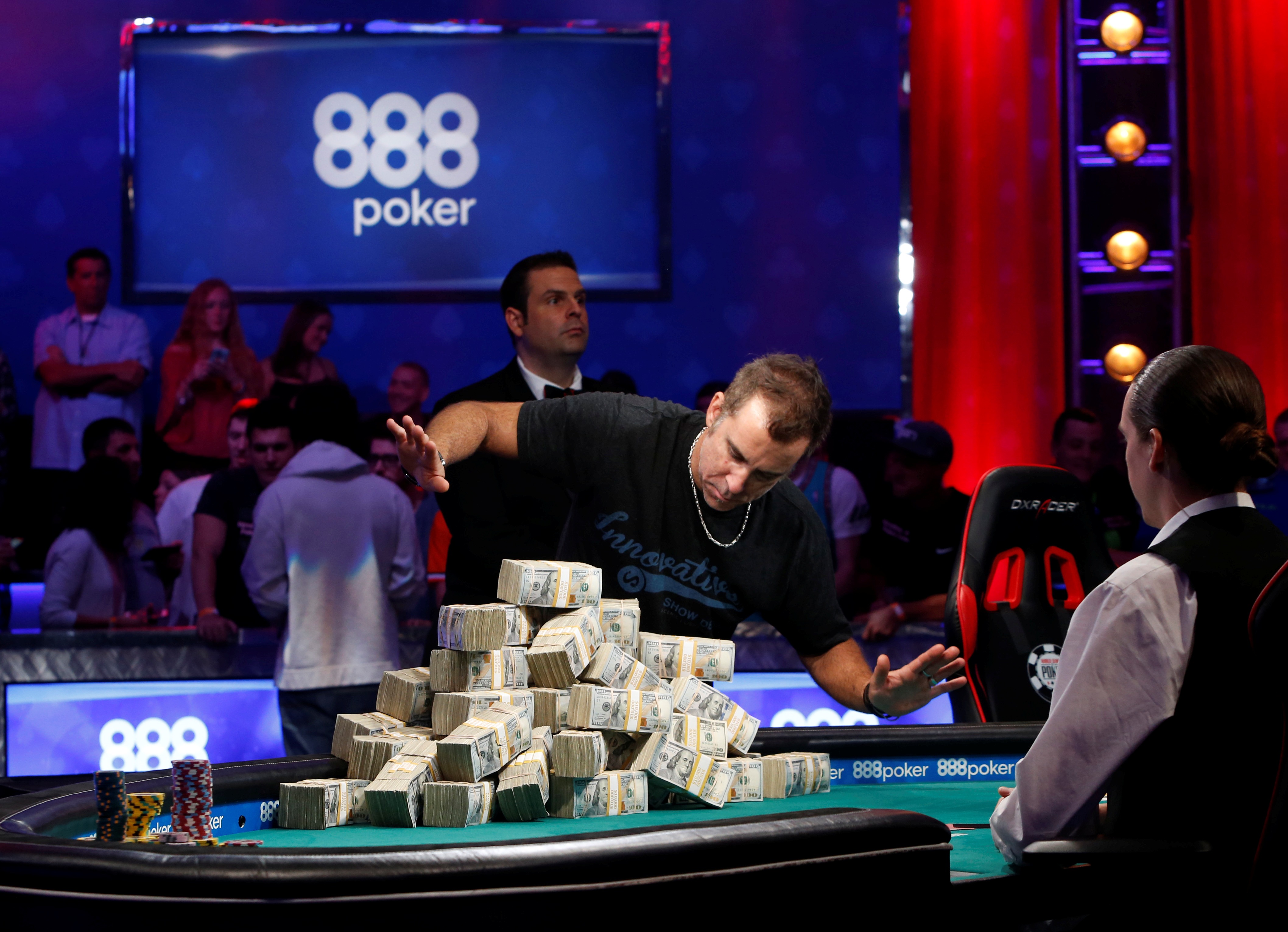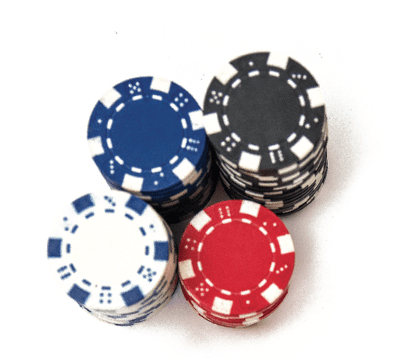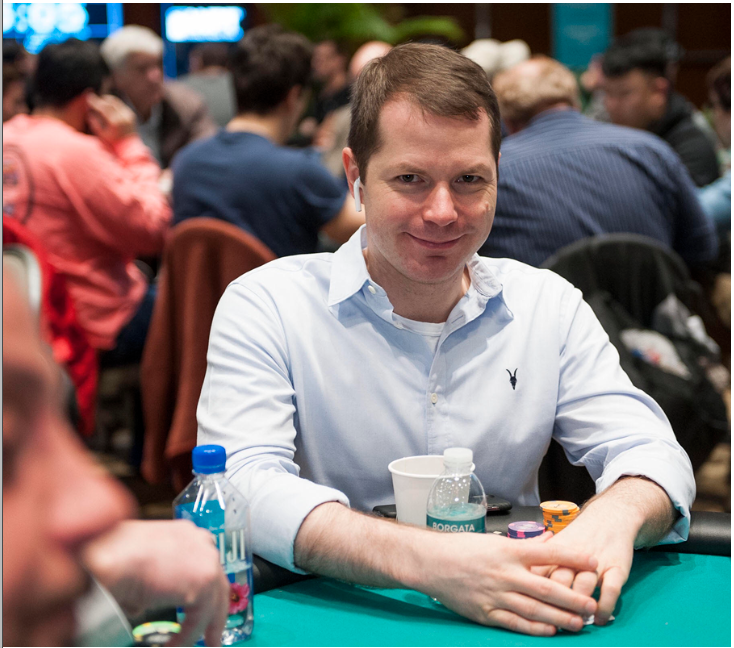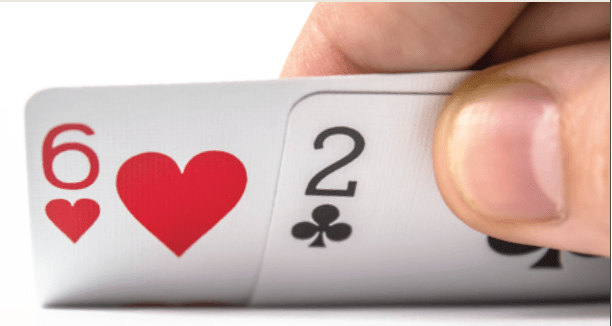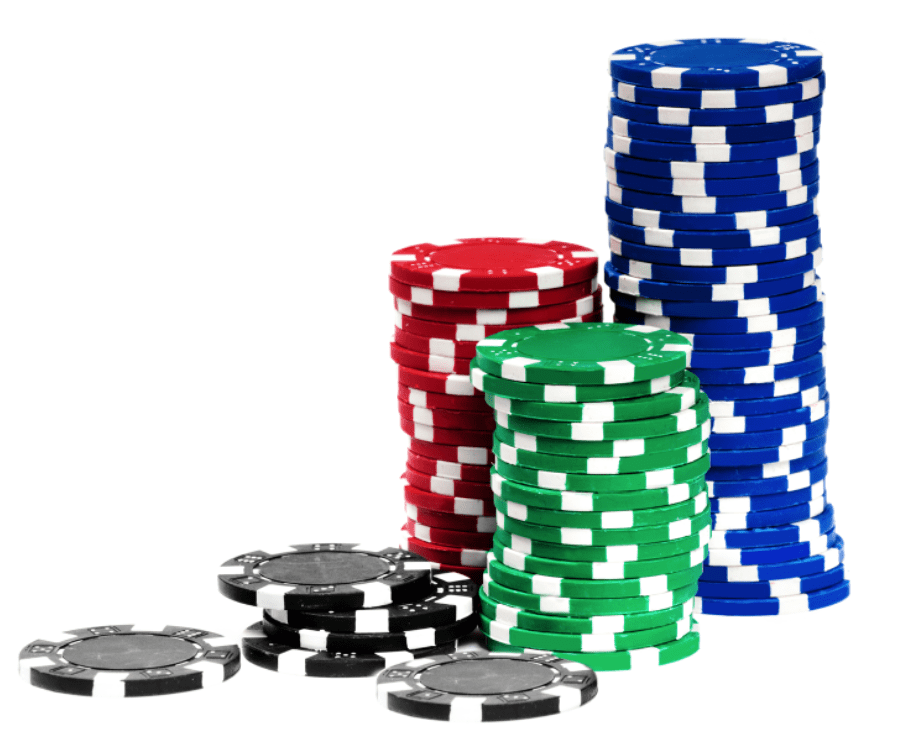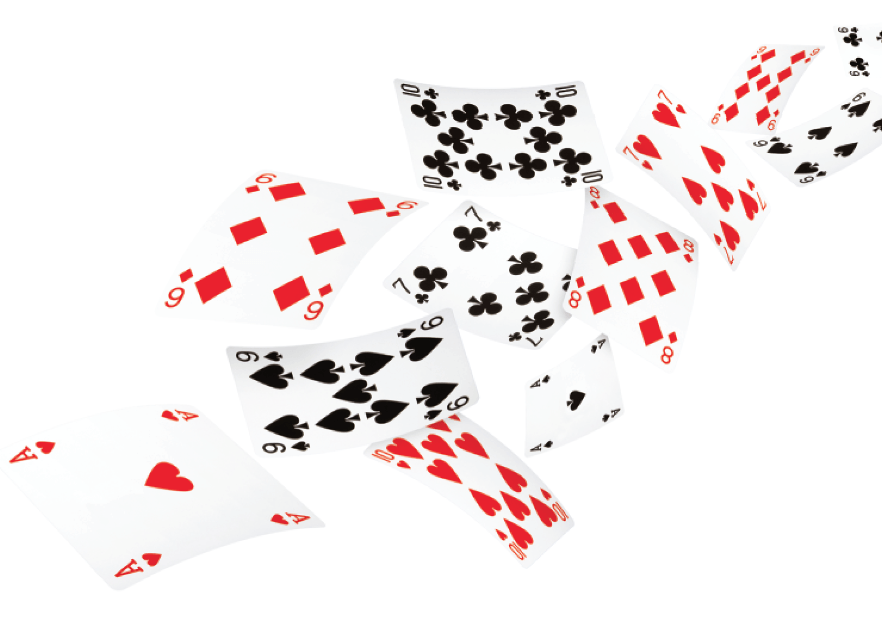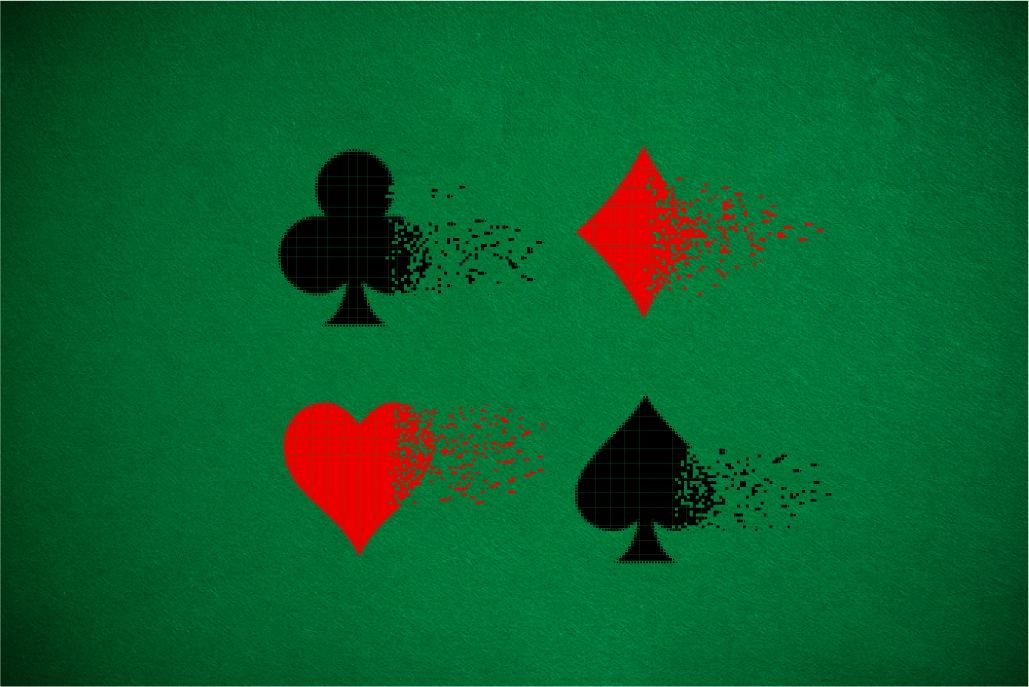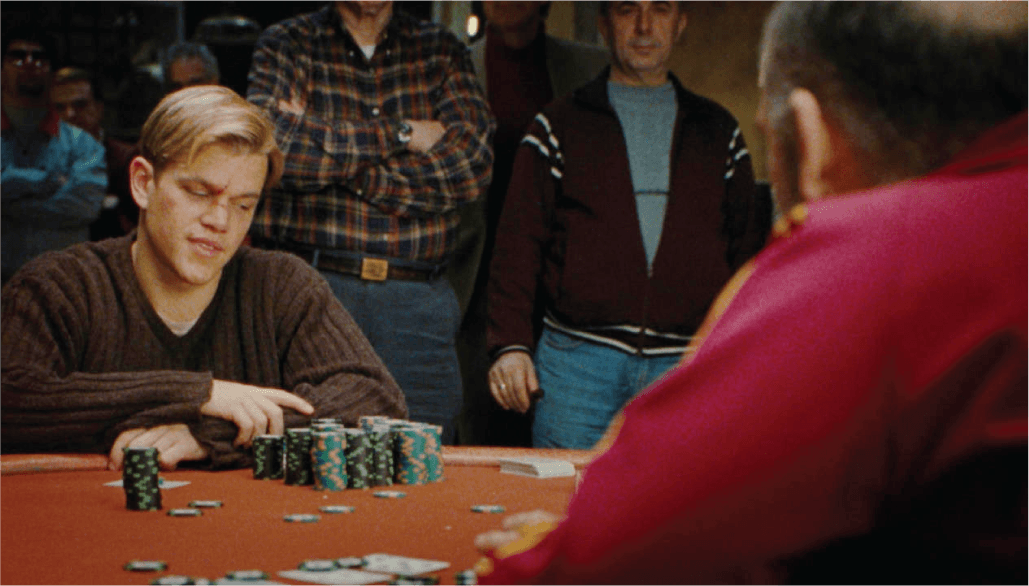Trends
Psychic Poker Play
|
Players can predict an opponent’s range of possible hands by following a few simple tips
World-class poker players often seem to “know” the hole cards their opponents are holding, almost as though they have psychic abilities. But they’re not blessed with some unnatural gift—they simply understand how hand ranges interact with certain players’ tendencies and personalities.
Unless an opponent is especially bad, players should strive to put them on a range of hands and then, based on their action, narrow that range as play progresses. Don’t simply put an opponent on one specific hand and trust that blind guess all the way to the river.
When someone raises before the flop, for example, they could have A-A, 7-7 or K-Q. As long as...
The Poker Trade
-
Playing Poker like a Robot
|AI bets on a mixture of strong hands and weak hands and does the same when it checks. Poker star Jonathan Little says the best players try to replicate that… -
Play Poker Like a Robot
|Bet or check with a mix of good and bad hands to keep opponents guessing Win at poker by learning to play more like a robot. In other words, you… -
Poker Cash Game Cheat Sheet
|This poker pro shares cash poker secrets and explains how to compete against four types of players What to Focus on During Each Hand of a Cash Game Your Play… -
Rounders are Grinders
|Don’t believe the hype! Casual players get the wrong impression that they need aggressive plays or gigantic folds. Televised poker tournaments show only the most interesting hands in a long… -
Poker Tells 101
|Keep your hole cards private by concealing your tells Poker becomes a lot simpler for players who can use tells to pinpoint the strength of an opponent’s hand. Tells can… -
Bet Sizing & Implied Odds
|The proper size of a bet is often determined by the potential payout When playing a hand of poker, consider the immediate risk, future potential risk and potential profit. Realize… -
Take This Poker Quiz
|Poker is a game of skill. Do you have what it takes? The deal: At a seven-handed final table with blinds at 100,000/200,000 and a 25,000 ante, you pick up… -
Essential Tips for Online Poker
|COVID-19 has shuttered the casinos, so here’s what amateurs need to know to play online with the pros. The COVID-19 virus has wreaked havoc not only on the economy in… -
Top 5 Mistakes Donkeys Make
|Expert poker players refer to amateurs as “donkeys.” Here, a WSOP pro reveals the most frequent donkey mistakes. When amateurs sit down at the poker table, they tend to make… -
Counting Outs
|The essential poker skill all players need to know Poker players often have either a strong made hand or an obvious draw. A draw is a hand that’s almost certainly… -
Bluffing Is Real
|Blurring the line between real and fake can help a savvy player steal some pots In poker, investing and life, things are not always as they appear. In poker, it’s… -
Vocation or Avocation?
|Poker playing can work as a side hustle, but it can become a grind full-time The perfect side hustle combines profitability with fun and excitement. For anyone who’s good enough,… -
Four Tips to Winning Poker
|Players have a choice: Constantly hone their tactics or plunge into an abyss of losses Poker’s a tough game, and players who aren’t constantly improving their skills risk becoming perpetual… -
Play Poker Like a Machine
|Game theory has helped AI conquer poker, and now humans can use it to beat their rivals. -
Russian Illusion
|Rounders, the cult classic poker movie, has inspired a new generation of players to enter the world of poker and elevated Texas Hold’em to its status as poker’s most-popular game -
Know Your Call Options
|Recreational poker players often assume their goal is to patiently wait for a premium hand and then jam their money into the pot. However, that’s one of the worst mistakes…

